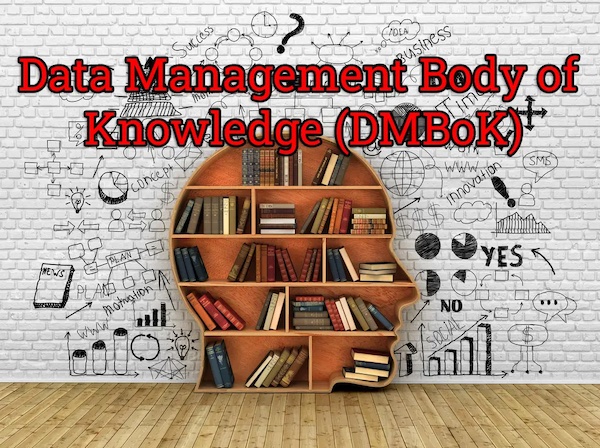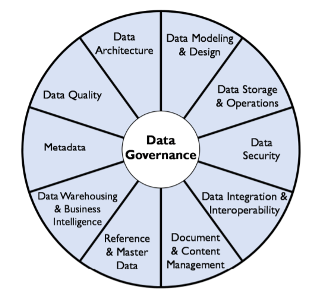
The DAMA Guide to the Data Management Body of Knowledge (DMBoK) serves as a testament to the ever-evolving nature of the data world. The second edition of the book, released by DAMA International in 2017, features updated contributions from more than 120 data professionals and highlights 11 core Data Management “knowledge areas.”
As a whole, the 600-page tome is considered the gold standard of reference guides for data professionals, whether they are just starting out in the industry or have been practicing within it for decades. Knowledge workers, project managers, executives, technical staff, data analysts, data architects, and anyone else involved with data may consult the DMBoK in their jobs.
What Does the DMBoK Cover?
The DMBoK includes the latest processes, best practices, and principles within Data Management. It focuses on 11 main topics:

- Data Governance
- Data Architecture
- Data Modeling & Design
- Data Storage & Operations
- Data Security
- Data Integration & Interoperability
- Documents & Content
- Reference & Master Data
- Data Warehousing & Business Intelligence
- Metadata
- Data Quality
In addition to that, the latest edition of the DMBoK contains dedicated sections for data ethics, big data, data integration and interoperability, and Data Management maturity assessment. To illustrate how these different subjects are interconnected, DAMA International created the Data Management Framework or DAMA Wheel. It includes the 11 knowledge areas and puts Data Governance at the center of the wheel, in order to highlight how it underpins every Data Management activity.
The Goals of the DMBoK Are:
- To provide information about best practices, roles and responsibilities, deliverables and metrics, and maturity models for Data Management
- To standardize management practices across the field
- To serve as a functional framework for the implementation of these practices in any business context
- To establish a formal vocabulary for these concepts
- To clarify the scope of what these practices can and cannot do
- To provide a vendor-neutral overview of management practices and potential alternatives for specific situations
Data Professionals Use the Book to:
- Learn best practices in Data Management to perform better at their jobs
- Prepare for the Certified Data Management Professional (CDMP) exam
- Build and implement Data Management practices within their organizations
Image at top used under license from Shutterstock.com